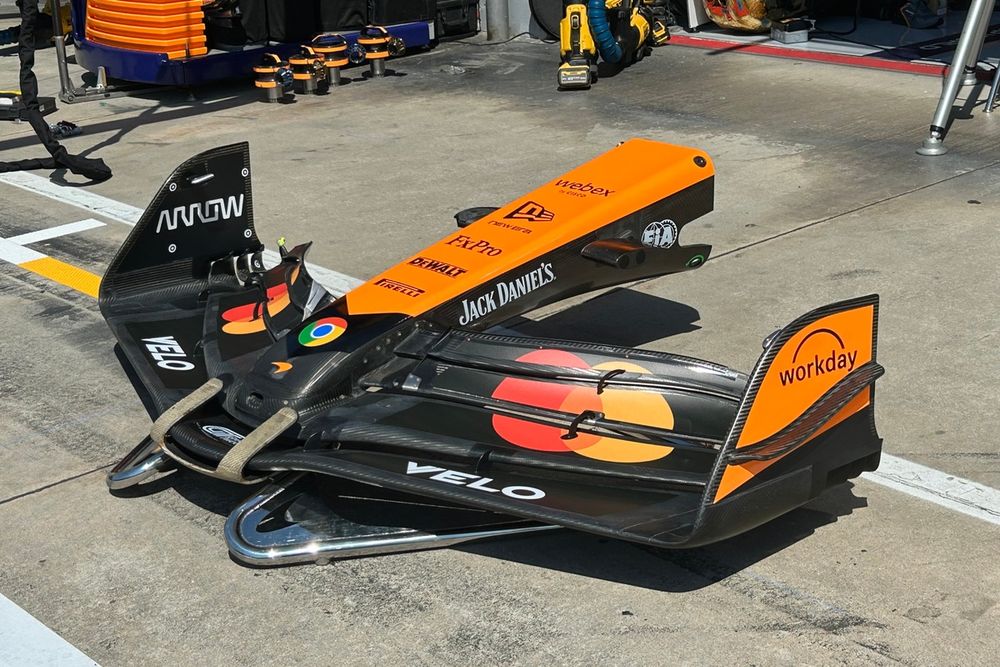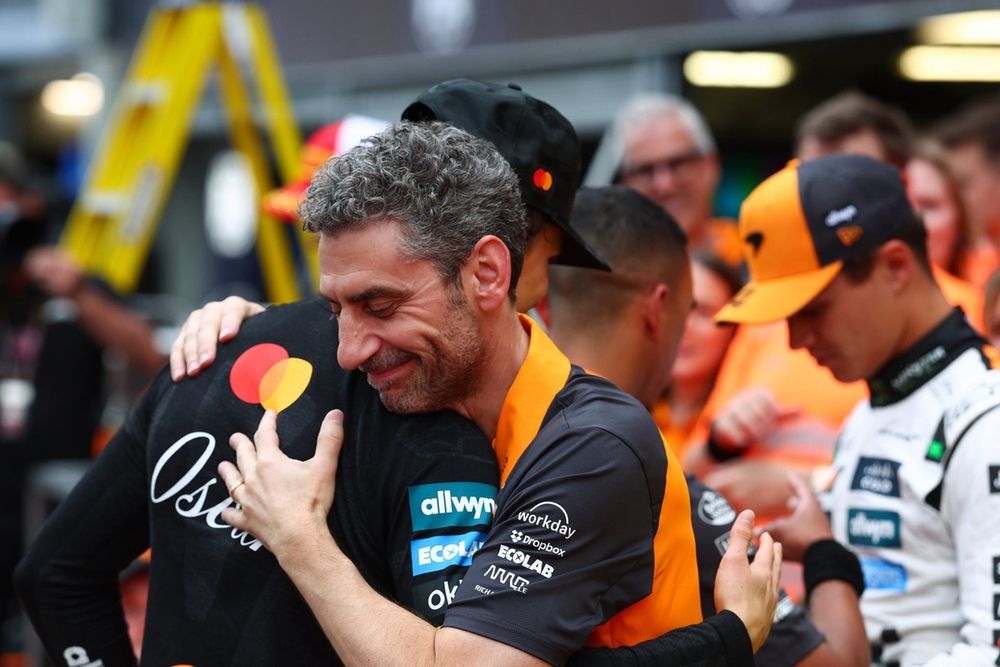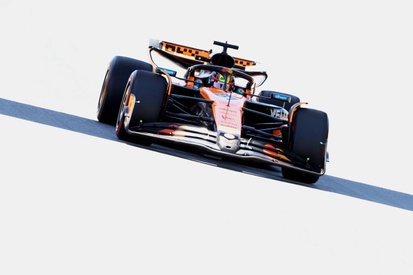Why Flexi-Wings Didn't Save F1: The Quest for the Ultimate Magic Bullet
The controversy surrounding Formula 1’s flexible wings had been brewing for months, but it reached an untidy and ultimately insignificant conclusion during the Spanish Grand Prix weekend when New deflection examinations were conducted. — and not many changes occurred.
The tests restricted the degree of flexibility allowed for the front wings of F1 cars, following a comparable reinforcement of rules concerning aerodynamic elasticity in the rear wings earlier this season.
Red Bull was one of the main supporters of the new tests, advocating for their introduction at an earlier stage, believing that McLaren His supremacy stemmed from leveraging aero-elasticity to enhance performance. However, reality soon delivered a harsh lesson with stringent governmental oversight.
But while the overall spread of performance between teams remained broadly similar, Lewis Hamilton (For instance) exaggerated the situation when he called the alteration "a futile expenditure."
The primary modification in the updated test was the permitted deflection of the wing planes when a force of 1,000 Newtons was applied on each side – 10mm rather than the previous threshold of 15mm. This move was signalled well in advance, with the FIA announcing the new rules in January as the latest in a series of clampdowns on aero-elasticity.
Since no component can be infinitely stiff, a degree of flex is inevitable – but materials can be designed and constructed in a way that they deflect by a roughly prescribed amount in order to eke out various performance benefits. But while rear-wing flexibility primarily affects top speed, lower drag is very much a secondary-order benefit of inducing flex on the front wing.

McLaren front wing detail
Photo by: Franco Nugnes
The primary benefit of an aero-elastic front wing in the current ground-effect era is to smooth out the mid-corner balance changes to which these cars are prone. So the effect of the new testing regime was always going to be subtle – and in some cases circuit-dependent.
Also, the picture in Barcelona was muddied by some teams introducing development steps with new front-wing geometries. Since there is no longer any regular F1 testing here, there is no way to directly compare ‘before’ and ‘after’ performance on the 2025 cars.
“I was interested to actually see if things would have unfolded like we anticipated, and they did,” said McLaren team principal Andrea Stella.
It's evident that McLaren, along with multiple teams, was exploring the limits of aero-elasticity; however, they had already assessed a front wing design that met the requirements of the updated regulations. Lando Norris put it into practice Imola And, according to the team, experienced absolutely no change whatsoever.
"We always believed that the impact would be fairly minimal since the figures related to this alteration in aerodynamic flutter showed minor changes in both downforce and how downforce varied with speed," Stella explained further.
So, during our tests at Imola, had we not informed Lando that it was a distinct wing, he likely would not have noticed it. In both the simulator and offline numerical simulations, the difference was nearly negligible.

Oscar Piastri with McLaren, Andrea Stella also affiliated with McLaren
Photo courtesy of: Peter Fox / Getty Images
So, we didn’t anticipate a shift in the team’s performance ranking due to the technical directive issued for this race. Regarding whether spending money would be worthwhile or not, we didn’t consider that perspective since the technical directive had been around for quite some time, making these plans longstanding.
If the influence on drag has been "minimal," there have been more nuanced consequences throughout the entire lineup based on each vehicle's specific traits. With less flexibility in the front wings reducing their smoothening effect, there is an increased propensity for oversteering in high-speed turns and understeering in low-speed turns.
Cars already suffering balance problems in those areas will, therefore, have found the change exacerbates them. But it was not something that amounted to great chunks of lap time.
Read Also: Hamilton: New flexi-wing rules "a waste of money"
Hamilton: New flexi-wing rules "a waste of money"
 Why F1 flexi-wing changes failed to make an instant impact at Spanish GP
Why F1 flexi-wing changes failed to make an instant impact at Spanish GP
The fact that simulations had flagged this up well in advance begs the question as to why some voices continued to fuel expectations of substantial change. F1 has long been a sport of marginal gains – and losses.
“Maybe sometimes we try to believe there is a magic bullet in Formula 1 that's going to solve everything,” said Mercedes team boss Toto Wolff. “But it's not the case.”
Post a Comment for "Why Flexi-Wings Didn't Save F1: The Quest for the Ultimate Magic Bullet"
Post a Comment